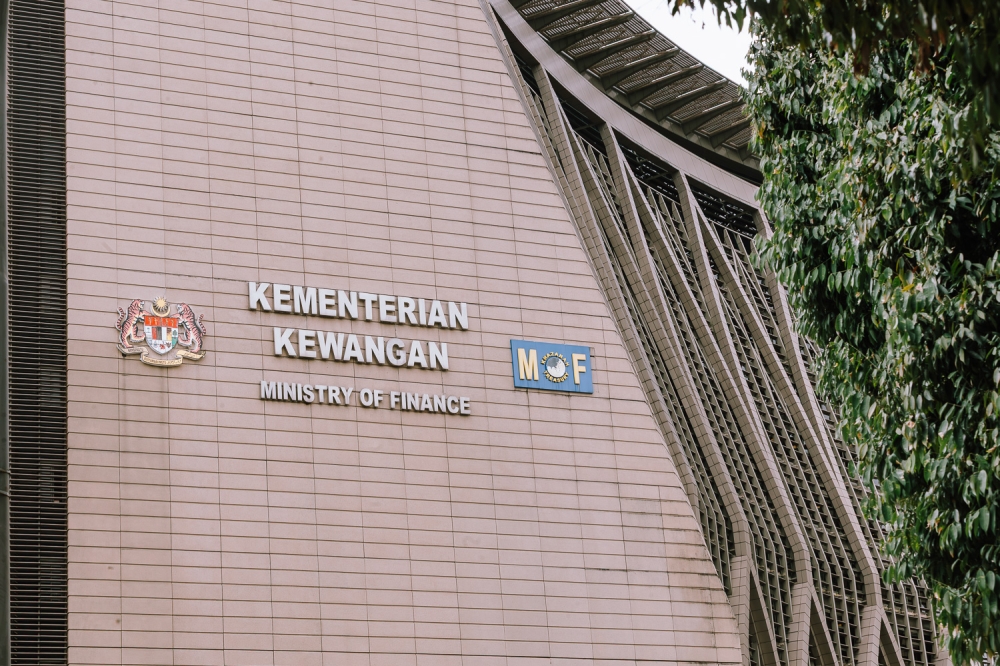Kenya's Ambitious Healthcare Goal: Universal Coverage by 2030 - Are We on Track?

The Kenyan Ministry of Health is buzzing with cautious optimism as the nation strives towards a monumental goal: Universal Health Coverage (UHC) by 2030. This ambitious plan aims to ensure every Kenyan, regardless of their socioeconomic status, has access to quality healthcare services without facing crippling financial burdens. But is Kenya truly on track to achieve this landmark milestone?
Steady Progress, Significant Hurdles
Recent reports from the Ministry highlight encouraging progress in UHC implementation. Key initiatives include expanding healthcare infrastructure, training more healthcare professionals, and leveraging technology to improve service delivery. The government's commitment to increasing healthcare funding is also a positive sign. However, significant challenges remain.
One of the primary hurdles is the sheer scale of the task. Kenya’s population is diverse and geographically dispersed, with rural areas often lacking adequate healthcare facilities and personnel. Furthermore, the economic realities for many Kenyans mean that even subsidized healthcare can be unaffordable.
The UHC Model: A Closer Look
Kenya's UHC model envisions a system where healthcare is funded through a combination of national health insurance, taxation, and donor contributions. The aim is to pool resources and distribute them equitably, ensuring that everyone contributes and everyone benefits. This is being rolled out in phases, starting with pilot programs in select counties.
The success of the UHC model hinges on several factors, including efficient resource allocation, robust monitoring and evaluation mechanisms, and strong political will. Transparency and accountability are also crucial to prevent corruption and ensure that funds are used effectively.
Key Challenges & Potential Solutions
- Funding Gaps: While healthcare funding has increased, it still falls short of the levels needed to achieve UHC. Exploring innovative financing mechanisms, such as public-private partnerships and impact investing, could help bridge the gap.
- Human Resource Shortages: Kenya faces a critical shortage of doctors, nurses, and other healthcare professionals, particularly in rural areas. Investing in training programs, offering incentives for healthcare workers to serve in underserved areas, and exploring the use of telemedicine can help address this challenge.
- Infrastructure Deficiencies: Many healthcare facilities lack basic equipment and supplies. Prioritizing infrastructure upgrades and ensuring a reliable supply chain are essential.
- Equity Concerns: Ensuring that vulnerable populations, such as marginalized communities and people with disabilities, have equal access to healthcare is paramount. Targeted interventions and outreach programs are needed to address these inequities.
The Road Ahead
Achieving UHC by 2030 is an ambitious but achievable goal for Kenya. It requires a concerted effort from the government, healthcare providers, civil society organizations, and the private sector. By addressing the challenges head-on and embracing innovative solutions, Kenya can pave the way for a healthier and more equitable future for all its citizens.
The journey towards UHC is not simply about providing healthcare services; it's about building a healthier and more prosperous nation. It’s a testament to Kenya’s commitment to its citizens and a beacon of hope for other developing countries striving to achieve the same goal.






